



Stroke awareness is not just about recognizing the symptoms; it’s about understanding the profound impact a stroke can have on an individual’s life and the lives of those around them. It’s a sudden, devastating event that can change everything in a matter of minutes. Yet, in the hustle of our daily lives, the threat of a stroke often lurks in the background, unnoticed and unaddressed until it strikes. This lack of awareness is not just a gap in knowledge; it’s a barrier to timely treatment and effective recovery.
In our fast-paced world, where health often takes a backseat to other priorities, understanding stroke symptoms becomes crucial, and this is where stroke awareness translates to better outcomes. The ability to recognize these symptoms quickly can mean the difference between a full recovery and lifelong disability. It’s not just about the individual experiencing the stroke; it’s about empowering those around them – family, friends, colleagues – to act decisively and swiftly.
However, stroke awareness goes beyond just knowing the signs. It’s about comprehending the underlying factors that increase the risk of stroke, such as lifestyle choices, medical conditions, and even environmental factors that are seldom discussed in mainstream conversations about stroke prevention. By shedding light on these lesser-known aspects, we can open doors to more comprehensive prevention strategies that resonate with a wider audience.
Most importantly, this article aims to break the stereotype that stroke is solely a concern for the elderly. Young adults, and even children, are not immune. The rise in stroke occurrences in younger populations is a silent alarm that we need to address with urgency and clarity. The lack of stroke awareness in these populations, and those who interact with them, can lead to severely worse outcomes for these younger people.
In this journey through the uncharted territories of stroke awareness and prevention, we aim to bring forth unique insights and perspectives that are often overlooked yet are essential in painting the full picture of stroke impact and recovery. By the end of this article, you will not only be more aware but also better equipped to take proactive steps in safeguarding yourself and your loved ones against this life-altering event.
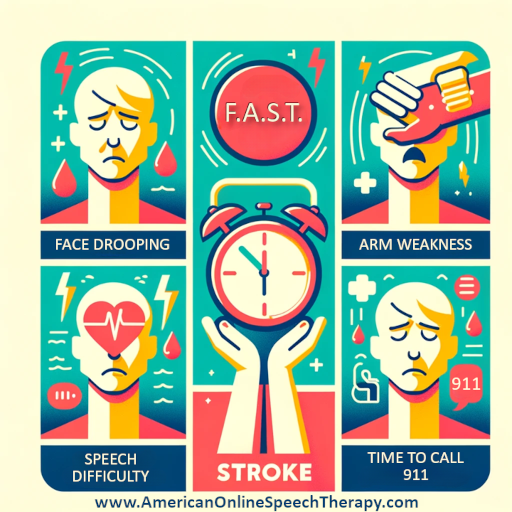
When it comes to stroke response, time is not just a factor; it’s the currency of survival and recovery. The quicker a stroke is recognized and treated, the higher the chances of minimizing its devastating effects. This is where the F.A.S.T. approach comes into play, a simple yet powerful tool for early stroke recognition and response.
F.A.S.T. stands for Face Drooping, Arm Weakness, Speech Difficulty, and Time to call 911. Each element of this acronym represents a crucial sign of stroke and is inherent in stroke awareness:
This approach, endorsed by the American Stroke Association, is not just a checklist; it’s a call to immediate action. Recognizing these symptoms quickly and responding without delay can significantly improve survival rates and reduce long-term disabilities.
While F.A.S.T. covers the most common and visible signs of a stroke, there are additional symptoms that can sometimes go unnoticed. These include:
Awareness of these additional symptoms can play a critical role in identifying strokes that don’t present the classic F.A.S.T. signs, and stroke awareness isn’t complete without watching for them.

The first hour after stroke symptoms appear is often referred to as the ‘golden hour.’ It’s in this critical window that prompt medical intervention can make a significant difference in the outcome. Treatment options like clot-busting drugs and other medical interventions have their highest efficacy when administered as soon as possible after a stroke occurs. Often missed in stroke awareness is how crucial it is to get to the hospital during this time.
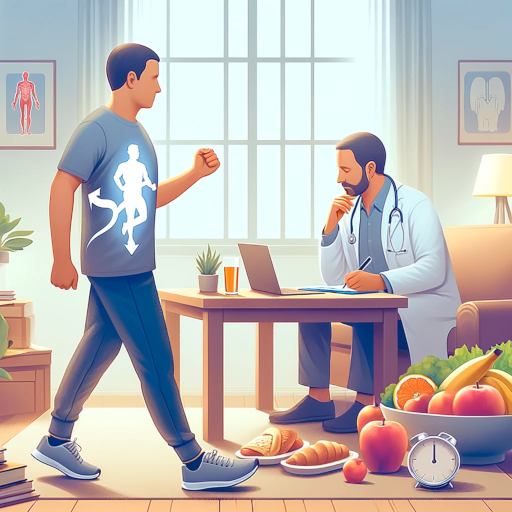
For individuals at higher risk of stroke, creating a pre-emptive action plan can be life-saving. This includes:
Understanding and applying the F.A.S.T. approach, being aware of additional stroke symptoms, and having a pre-emptive action plan can dramatically increase the chances of survival and recovery in the event of a stroke.
While stroke awareness is the focus of our article, we would be remiss if we didn’t touch on stroke recovery as well. The landscape of stroke recovery is witnessing a revolutionary change with the advent of online speech therapy. This innovative approach is not just a technological advancement; it’s a paradigm shift in how we offer rehabilitative care to stroke survivors.
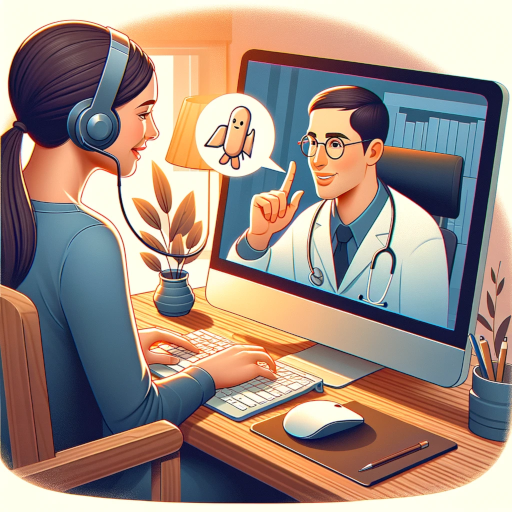
Online speech therapy harnesses the power of technology to bridge the physical gap between therapists and patients. By leveraging platforms like Zoom, therapy is brought right into the homes of those who need it. This model addresses a crucial challenge that many stroke survivors face – accessibility. Traveling to a clinic can be a daunting task for someone recovering from a stroke, but with online therapy, the highest standard of care is just a click away.
One of the most significant advantages of online speech therapy is the ability to customize treatment plans to suit each individual’s needs and environment. In the familiar and comfortable setting of their home, clients are more relaxed and receptive, which can enhance the effectiveness of therapy. Furthermore, therapists can directly observe and integrate the client’s home environment into therapy sessions, making them more relevant and practical.
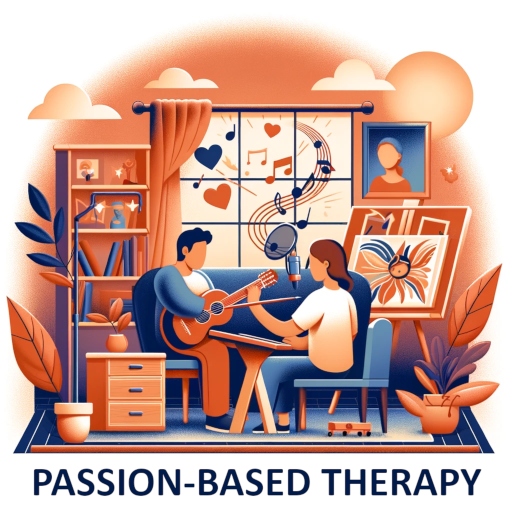
At American Online Speech Therapy, we employ a unique, passion-based approach to therapy. Rather than just talking about what clients love, we actively incorporate their passions into the therapy process. This method is more than just engagement; it’s about creating a therapeutic experience that is both meaningful and motivating. For instance, if a client is passionate about cooking, therapy might involve practicing speech and language skills through recipe reading and discussion. This approach leads to higher levels of client engagement and satisfaction, fostering a more productive recovery journey.
Stroke often impacts communication, leaving individuals struggling to express themselves. Online speech therapy provides a platform where they can relearn and practice these skills in a supportive environment. The use of video conferencing tools also adds a visual component to therapy, which is crucial in speech and language rehabilitation. Therapists can use visual cues and aids, and clients can observe and mimic mouth movements, facilitating more effective learning.
As we embrace the future of stroke recovery, online speech therapy stands out as a beacon of innovation and accessibility. It represents a shift towards more patient-centered, flexible, and accessible healthcare solutions, offering hope and empowerment to stroke survivors in their journey to regain their voice and their life.
A crucial yet often overlooked aspect of stroke awareness and recovery is the heightened risk of experiencing subsequent strokes. The period following a first stroke is a critical time for implementing preventive strategies to mitigate this risk. It’s not just about recovering from the initial event; it’s about safeguarding the future.

After experiencing a stroke, the body’s vascular system has already shown a vulnerability to this type of event. This increased risk isn’t just a statistical probability; it’s a clear signal that demands attention and action. The risk factors that contributed to the first stroke, if not addressed, can lead to a second, often with more severe consequences.
Preventing a recurrent stroke involves more than just medication; it requires a holistic approach to health. This includes making significant lifestyle changes such as adopting a healthier diet, engaging in regular physical activity, managing stress effectively, and heightened stroke awareness. These lifestyle modifications aren’t just preventive measures; they’re a commitment to a healthier, stroke-resistant way of life.
The insightful article “Lifestyle modification for stroke prevention: facts and fiction” by Niewada, M. & Michel, P., published in 2016 in Current Opinion in Neurology, stands out as a pivotal resource. This comprehensive review illuminates the significant impact of lifestyle changes on reducing the risk of both initial and recurrent strokes. It highlights key lifestyle adjustments such as weight reduction, adopting a low-risk diet, engaging in regular physical activity, quitting smoking, and moderating alcohol consumption, which could potentially slash stroke risk by over 50%. While acknowledging the need for more robust evidence in certain areas, the article underscores the critical role of tailored and public educational initiatives in promoting a stroke-preventive lifestyle.
Continuous medical management post-stroke is critical. This includes regular monitoring and management of blood pressure, cholesterol levels, and diabetes, if present. Additionally, adherence to prescribed medications, such as antiplatelets or anticoagulants, is vital in preventing clot formation, a common cause of strokes.
In “Poststroke Cardiovascular Management: Current Concepts, Integrated Care, and Future Developments,” Lip et al. (2023) highlight the importance of cardiovascular management in improving life expectancy and quality for stroke patients. The study advocates for a multidisciplinary approach, involving healthcare professionals at various levels of prevention. It introduces the ABC pathway, focusing on antithrombotic therapy, assessing poststroke impairments, and managing risk factors and comorbidities, while emphasizing lifestyle changes and the involvement of patients and their caregivers in stroke care planning.
Regular monitoring by healthcare professionals and continuous education about stroke risks and prevention are key components in reducing the likelihood of a recurrent stroke. This involves not just routine medical check-ups but also being attuned to one’s body and recognizing any warning signs or changes.

Finally, creating a supportive environment that fosters a stroke-preventive lifestyle is essential. This includes not just the physical environment but also the social and emotional support systems. Encouragement and understanding from family, friends, and healthcare providers play a significant role in maintaining lifestyle changes and medication adherence..
In addressing the risk of recurrent strokes, a comprehensive approach that combines lifestyle changes, medical management, regular monitoring with heightened stroke awareness, and supportive environments is crucial. This multidimensional strategy is key to not just recovering from a stroke but also preventing another one.
As we draw this discussion to a close, it’s evident that the journey of understanding and responding to strokes is multifaceted. Awareness is the first and most critical step in this journey. Knowing the signs of a stroke, understanding the risks, and recognizing the importance of immediate response can save lives and drastically improve recovery outcomes. But awareness alone is not enough; it must be coupled with action.
The role of innovations like online speech therapy in stroke recovery cannot be overstated. In a world where accessibility to quality healthcare is a growing concern, online solutions offer a beacon of hope. They break down geographical barriers, bringing expert care to those who need it, right where they are. This is not just about convenience; it’s about ensuring that every stroke survivor has the opportunity to recover to the best of their ability.
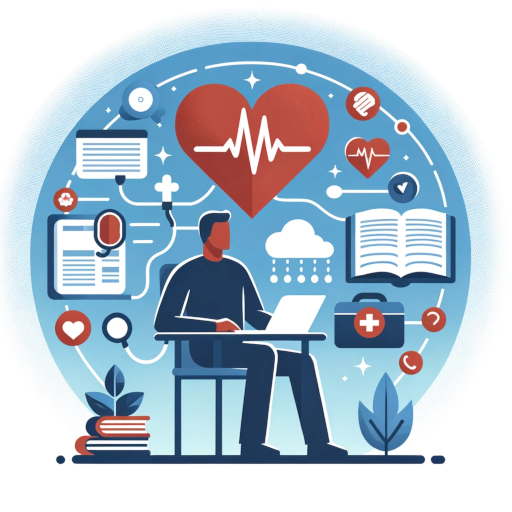
Moreover, the passion-based approach in therapy, which is at the heart of services like American Online Speech Therapy, represents a significant leap forward in personalized healthcare. By integrating the interests and passions of clients into their therapy, we’re not just aiding in their recovery; we’re reigniting their passion for life. This approach goes beyond traditional methods, offering a more engaging, fulfilling, and ultimately effective therapy experience.
As we embrace these online solutions, we also embrace a future where stroke recovery is not just a possibility but a reality for many. A future where distance and physical limitations no longer hinder access to top-tier rehabilitation services. A future where each stroke survivor can embark on a journey of recovery that is not only about regaining lost skills but also about rediscovering the joy and passion in their lives.
In conclusion, the journey of stroke awareness, prevention, and recovery is one that requires continuous learning, adaptation, and innovation. By staying informed, being prepared to act, and embracing the technological advancements in healthcare, we empower ourselves and our loved ones to face the challenge of stroke with strength, hope, and resilience.

Seth Koster M.S. CCC-SLP



